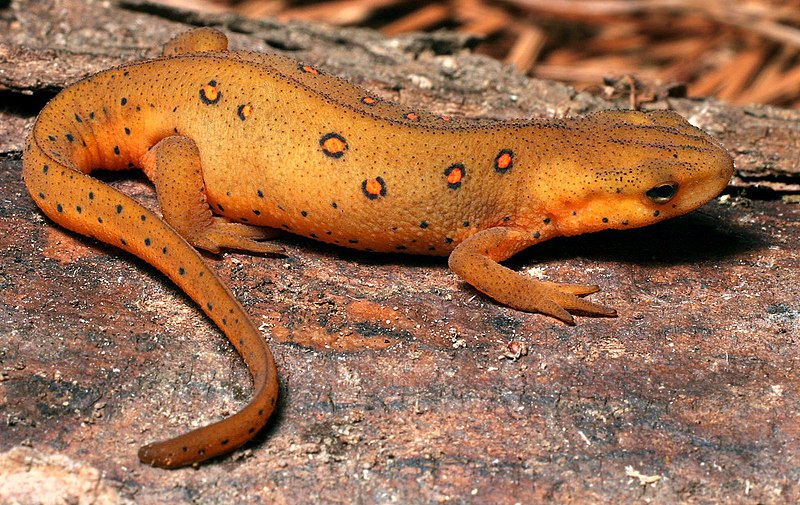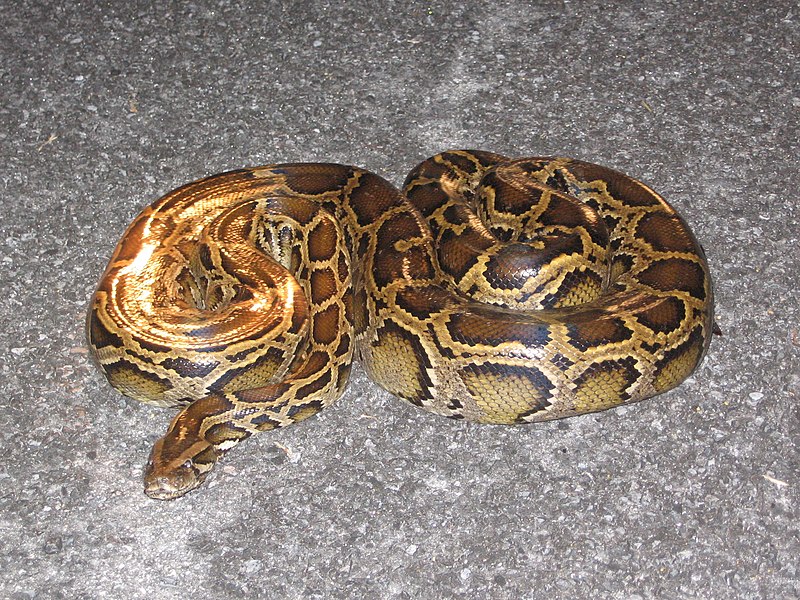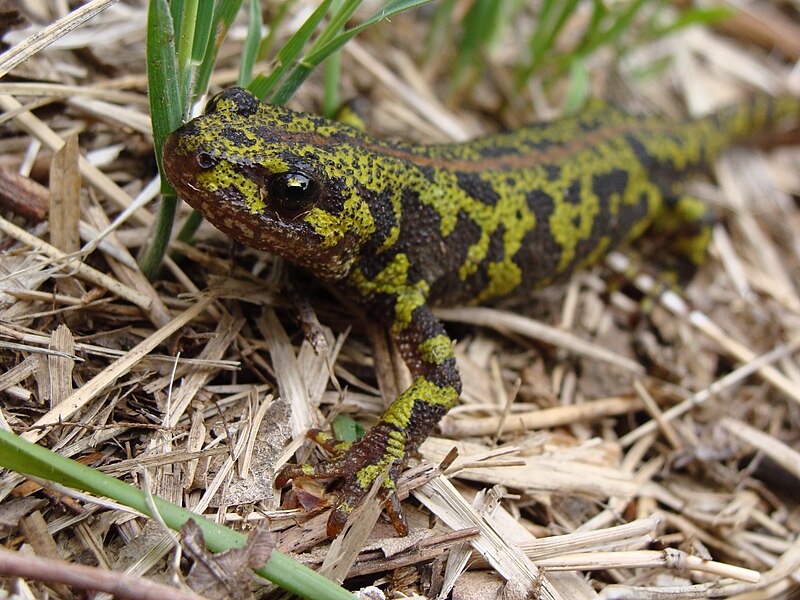 Spring weather often brings me questions concerning aquatic turtle nesting behavior. As temperatures warm (and sometimes before, as indoor turtles may be “ahead” of schedule) pet female turtles should be checked for signs that they are carrying eggs. While Red-Eared Sliders, Painted and Snapping Turtles and other largely aquatic turtles are among the hardiest reptilian pets, providing for gravid (egg-bearing) females can be very difficult…failure to do so, however, can result in the turtle’s death.
Spring weather often brings me questions concerning aquatic turtle nesting behavior. As temperatures warm (and sometimes before, as indoor turtles may be “ahead” of schedule) pet female turtles should be checked for signs that they are carrying eggs. While Red-Eared Sliders, Painted and Snapping Turtles and other largely aquatic turtles are among the hardiest reptilian pets, providing for gravid (egg-bearing) females can be very difficult…failure to do so, however, can result in the turtle’s death.
I’ve written about the problem of Dystocia, or retained eggs, in the past. Today I’d like to dispel a commonly-held belief concerning turtle reproduction, and add a few cautions. Read More »
 That Reptile Blog – Reptile, Amphibian and Exotic Pet Care and Information
That Reptile Blog – Reptile, Amphibian and Exotic Pet Care and Information




